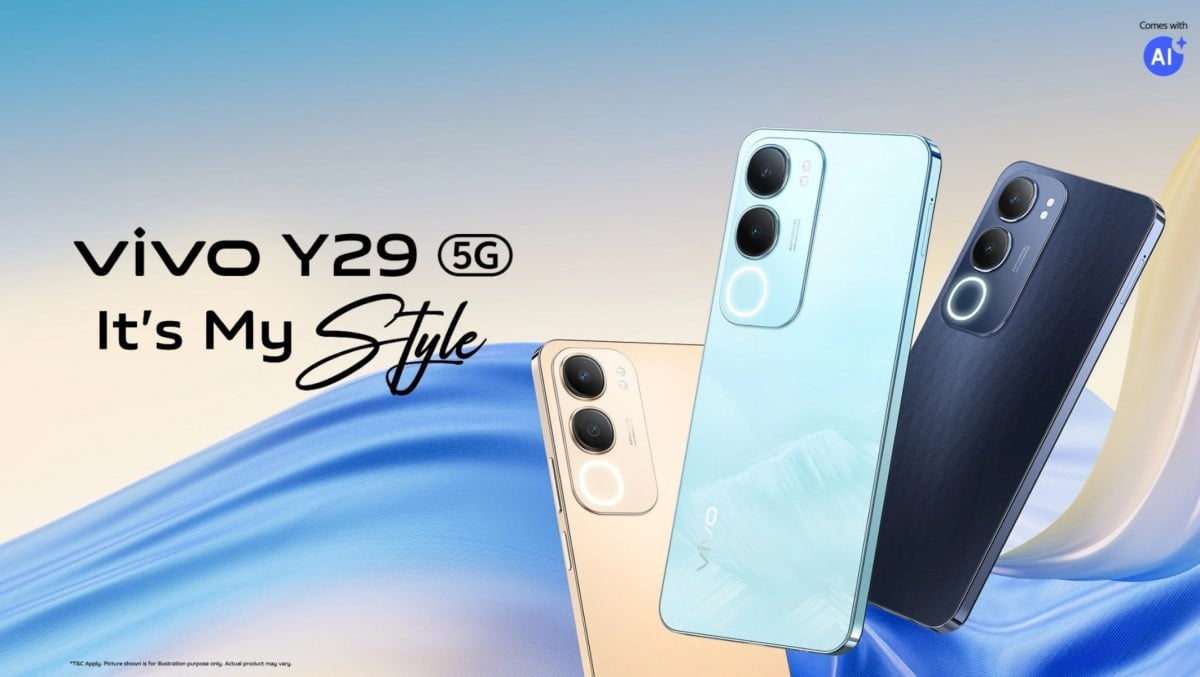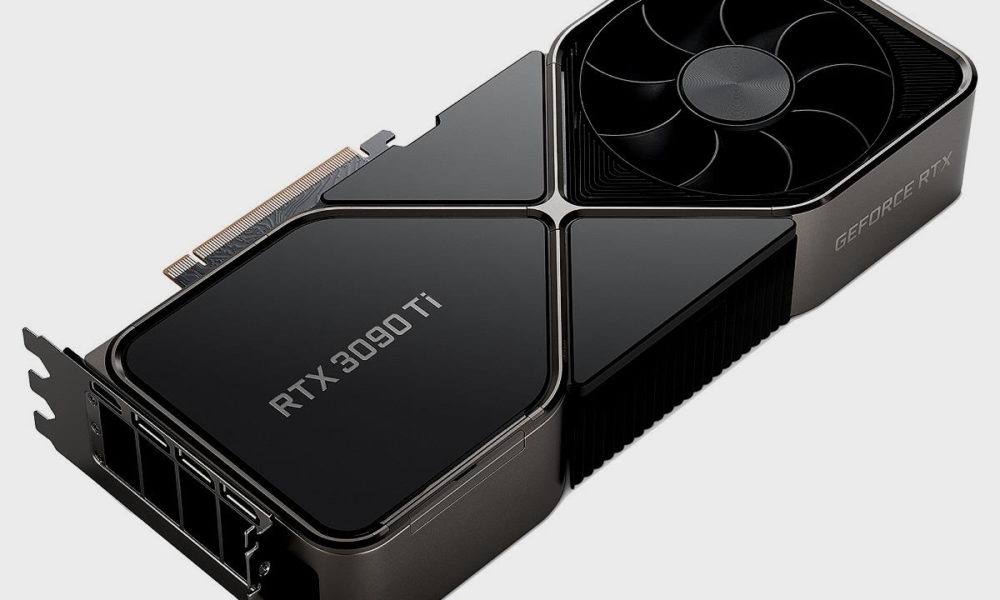![An algorithm that can assess the quality of gloves worn by astronauts on the space station (Microsoft)]() An algorithm that can assess the quality of gloves worn by astronauts on the space station (Microsoft)
An algorithm that can assess the quality of gloves worn by astronauts on the space station (Microsoft)developed by Microsoft a system based on artificial intelligence (AI) will help ensure astronauts’ gloves are on board International Space Station (ISS) they are in good standing that is, the absence of wear or breakage that could affect the safety of professionals using them.
Development is vital as astronauts conduct critical scientific missions in an environment where safety is paramount.
Gloves are used for attaching tools or making repairs, among other tasks. Regular use can cause wear and tear, such as rips or cuts, which astronauts while carrying out their activities or manipulating certain artifacts.
Currently, astronauts working for NASA must take photos of the gloves after each spacewalk and return them to Earth for examination to prevent problems from arising. From there, NASA analysts inspect the images for any damage. this could pose a hazard and then send the results back to astronauts on the ISS.
To optimize this processA Microsoft team with NASA scientists and Hewlett Packard Enterprise engineers is working on a system that uses AI and HPE’s Spaceborne Computer-2. scanning and analyzing glove images directly on the ISS, which could give astronauts autonomy On board with limited support from Earth, highlighted on the computer giant’s official blog.
Astronaut gloves have five layers. The outer layer consists of a rubber coating that provides traction and acts as the first layer of defense. Next comes a layer of cut-resistant material called Vectran.
Three additional layers maintain the suit’s pressure and protect against extreme temperatures in space, which can range from 180°F to 2355°F.
![International Space Station (ISS) photographed by Expedition 56 crew members from a Soyuz spacecraft (REUTERS/NASA/Roscosmos)]() International Space Station (ISS) photographed by Expedition 56 crew members from a Soyuz spacecraft (REUTERS/NASA/Roscosmos)
International Space Station (ISS) photographed by Expedition 56 crew members from a Soyuz spacecraft (REUTERS/NASA/Roscosmos)The outer layer is designed to withstand a multitude of situations, but problems can arise when damage reaches the cut-resistant layer. Gloves are the most vulnerable between the thumb and index finger, given the frequency with which these two fingers are used to hold objects, as explained in the published post.
“Also, parts of the ISS have been exposed to hazards such as micro-meteorites for more than two decades. The impacts of these tiny particles created numerous sharp edges in the handrails and other structural components. More hazards will be found on the Moon and Mars, where the lack of natural erosion by wind or water means the rock particles look more like shards of glass here on Earth than pebbles or grains of sand.
To achieve accurate tracking, NASA began collecting new gloves and comparing them to other gloves that showed wear. After collecting this material, they photographed it and began to label the types of wear or damage detected.
![Astronauts working for NASA should photograph gloves after each spacewalk (REUTERS/Joe Skipper/File)]() Astronauts working for NASA should photograph gloves after each spacewalk (REUTERS/Joe Skipper/File)
Astronauts working for NASA should photograph gloves after each spacewalk (REUTERS/Joe Skipper/File)The latter was done through Azure’s Private Vision cloud AI system. Engineers opened images of the gloves in a web browser and clicked on examples of the damage.
This data was then used to train a cloud-based AI system, and the results were compared with actual damage reports and images from NASA.
The tool then generated a probability score to assess the probability of damage to a particular area of the glove.
This training served to develop the vehicle that could be used on the space station as follows:
Astronauts on the space station take photos of gloves that are sent to HPE’s Spaceborne Computer-2 on the ISS, where the Glove Analyzer is rapidly looking for signs of damage in space.
If any problems are detected, a message is immediately sent back to Earth, identifying areas for further review by NASA engineers.
“What we’ve shown is that we can perform AI and edge processing on the ISS and analyze gloves in real time,” Ryan Campbell, senior software engineer at Microsoft Azure Space, said in the publication. Said. “Because we’re literally next to the astronaut while it’s processing, we can run our tests faster than the images can be sent back to Earth.”
This technology, used for gloves today, could be used in the future to validate other critical components such as docking covers. Additionally, it’s possible that Microsoft HoloLens 2 or another similar device could help astronauts quickly do a visual scan for damage to gloves and even facilitate assisted repairs on different machines.







:quality(85)//cloudfront-us-east-1.images.arcpublishing.com/infobae/UFQDBQDED5EQBLY4E26O254GMQ.jpg)
:quality(85)/cloudfront-us-east-1.images.arcpublishing.com/infobae/UFQDBQDED5EQBLY4E26O254GMQ.jpg)
:quality(85)/cloudfront-us-east-1.images.arcpublishing.com/infobae/CVLOVU32HPZSWRGCTN65H2N724.jpg)
:quality(85)/cloudfront-us-east-1.images.arcpublishing.com/infobae/PIDHFLMB4Z75MW75JST2YURPY4.jpg)




